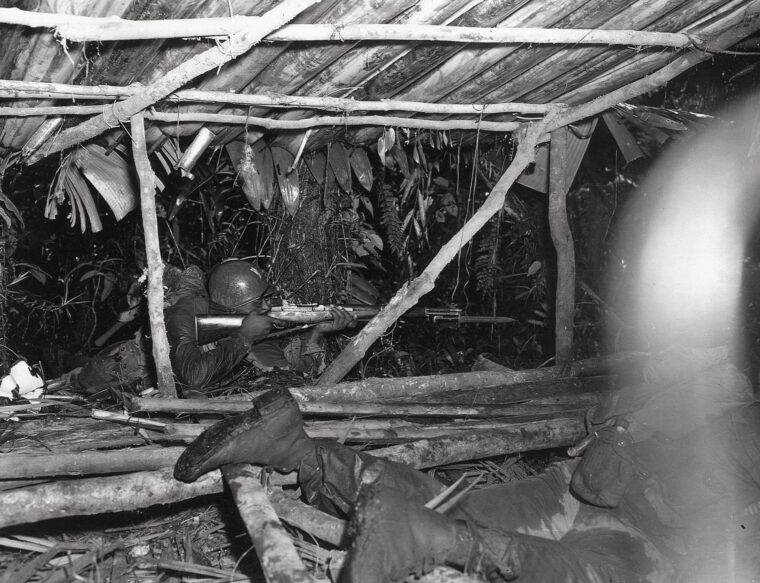
African-Americans
The Fight Near Hill 250: K Company at the Battle of Bougainville
By John Kennedy OhlIn an article in the Pittsburgh Courier on April 15, 1944, correspondent Billy Rowe, who was covering the activities of the 93d U.S. Read more

African-Americans
In an article in the Pittsburgh Courier on April 15, 1944, correspondent Billy Rowe, who was covering the activities of the 93d U.S. Read more
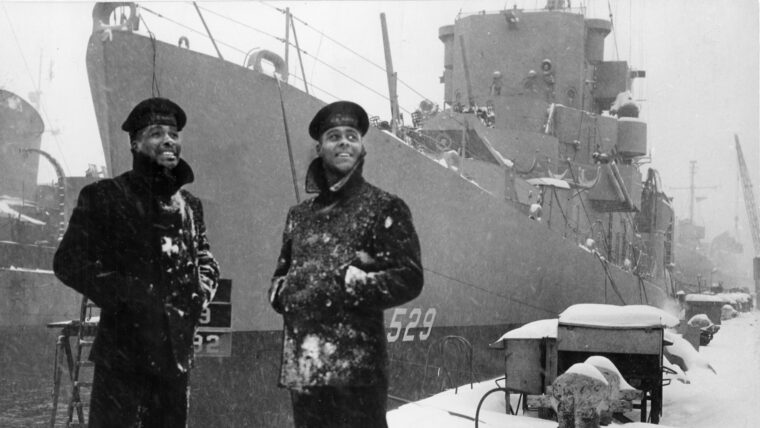
African-Americans
During World War II, the U.S. Navy built more than 1,000 destroyer escorts, ships whose primary duty was to escort supply convoys across the world’s oceans to insure that their precious cargo of food, fuel, war material, and personnel got to their destinations safely. Read more
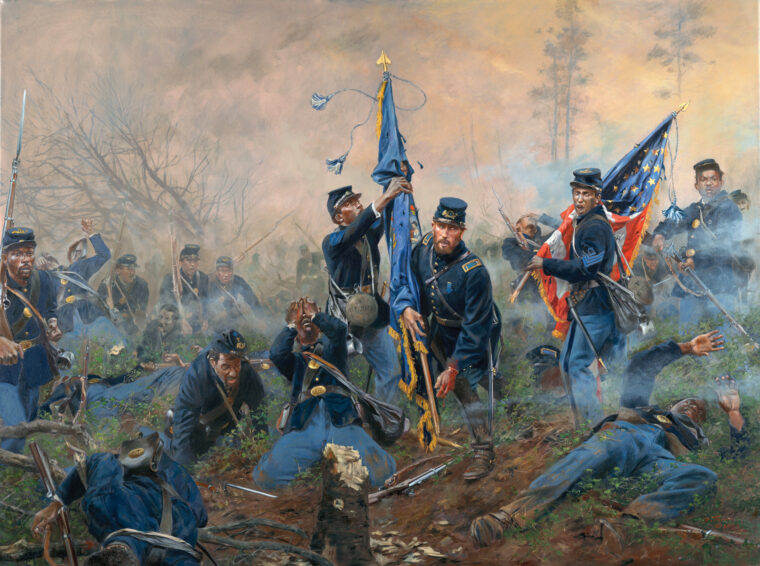
African-Americans
Reports of a massive enemy force crossing the James River to assail the paper-thin Confederate lines defending Richmond reached Lt. Read more
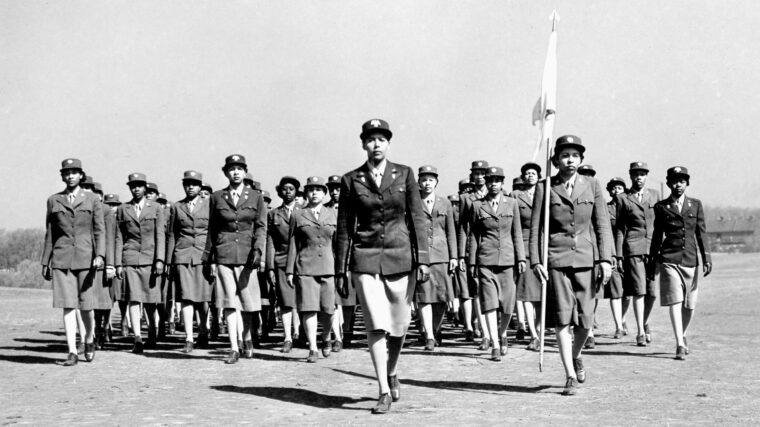
African-Americans
Although Private First Class (Pfc) Romay C. Johnson served in war-torn England and France during World War II, it was her tumultuous voyage across the Atlantic Ocean that she remembered most vividly. Read more
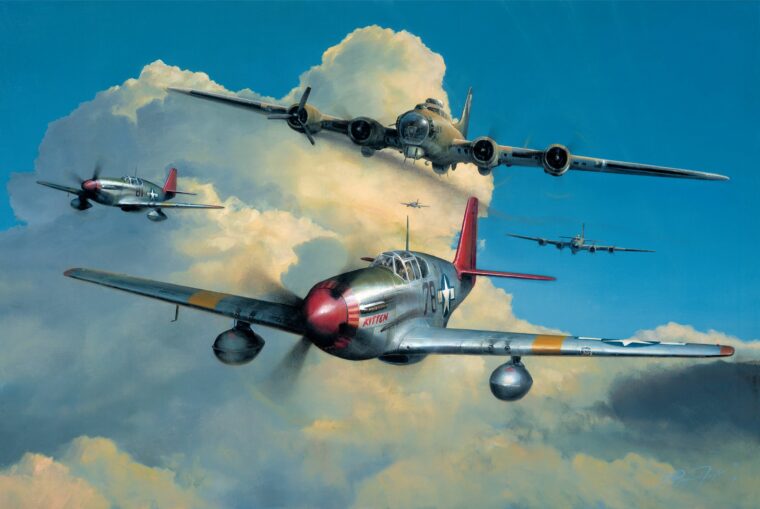
African-Americans
The African American Tuskegee Airmen took the fight to a well-trained and deadly enemy with a ferocity and tenacity that World War II aerial combat required. Read more
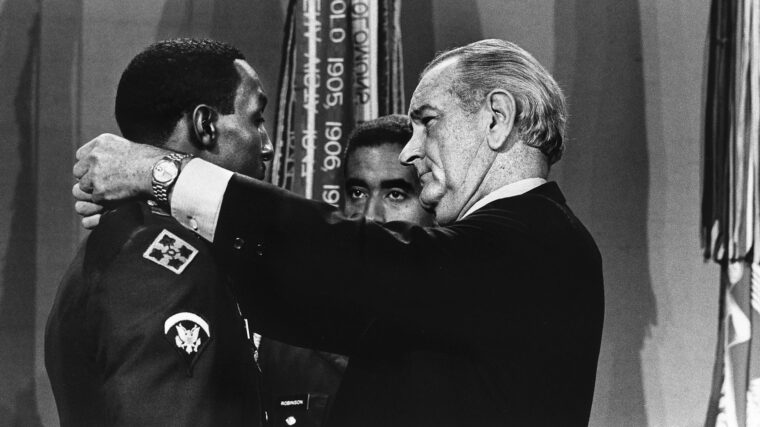
African-Americans
The U.S. military had 409,000 soldiers and Marines in South Vietnam organized into approximately 100 infantry and mechanized battalions at the start of 1968. Read more
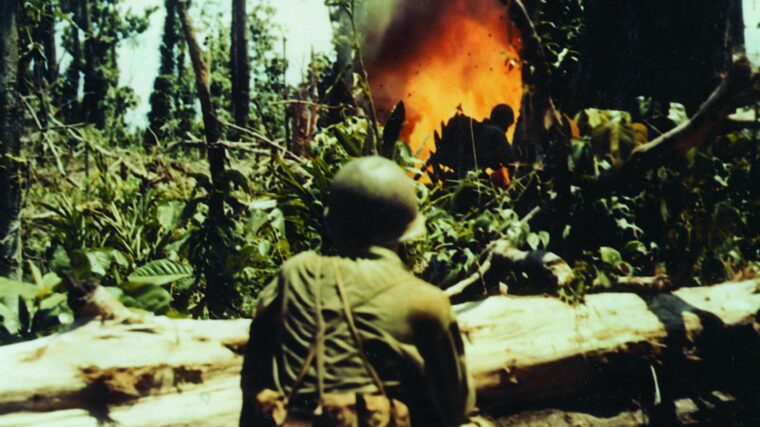
African-Americans
When it came to the global war against tyranny, America’s blacks would not be denied a stake in the action. Read more
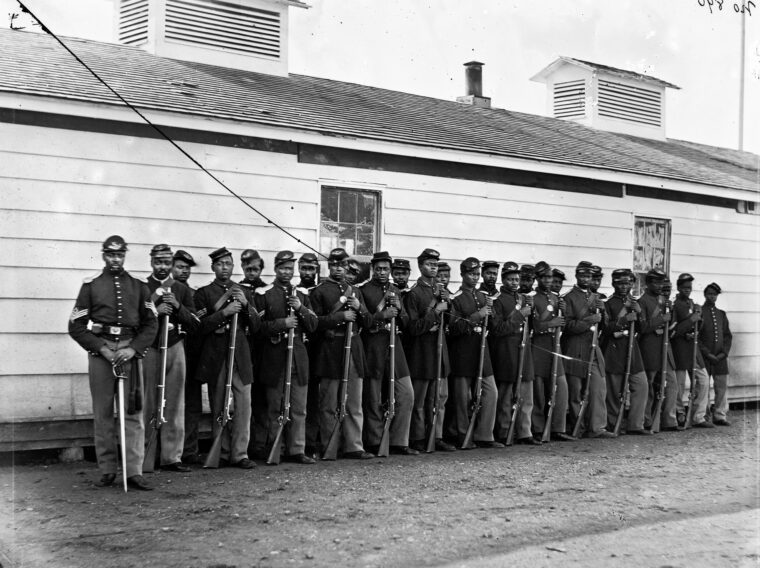
African-Americans
Union soldiers streamed across the pontoon bridge at Deep Bottom on the tidal portion of the James River in the early morning hours of September 29, 1864. Read more
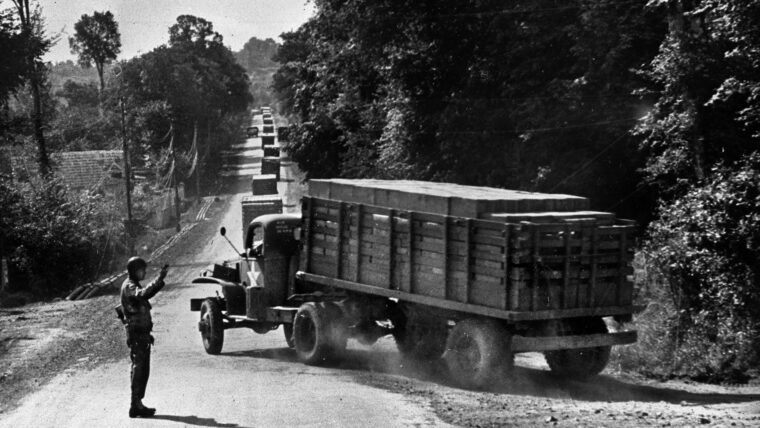
African-Americans
By Dante Brizill
In a message to the Red Ball Express in October of 1944, Supreme Commander Dwight D. Eisenhower wrote, “To it falls the tremendous task of getting vital supplies from ports and depots to combat troops, when and where such supplies are needed, material which without armies might fail. Read more
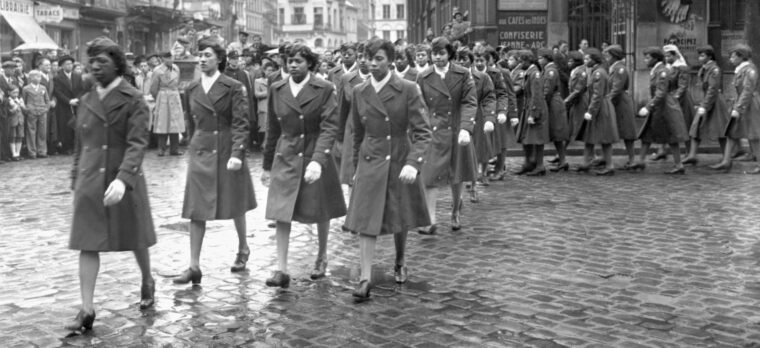
African-Americans
The German V-1 flying rocket, packed with 1,870 pounds of explosives, buzzed over Birmingham, England, until its pulsing engine cut out. Read more
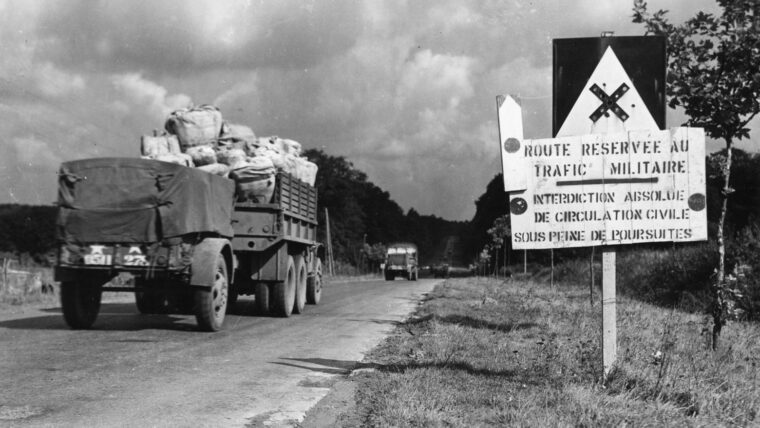
African-Americans
While supply and logistics may seem like dull, dry topics, they are absolutely essential to military operations, for no victory can be achieved without a steady, uninterrupted flow of food, fuel, ammunition, clothing, medical supplies, and other key matériel. Read more
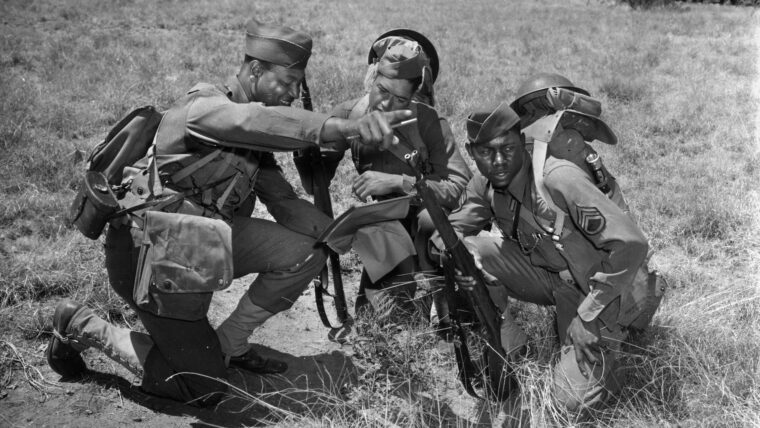
African-Americans
On August 2, 1945, two weeks prior to Japan’s surrender, the highest ranking Japanese officer captured during the war in the Pacific was taken on the island of Morotai, Dutch New Guinea. Read more
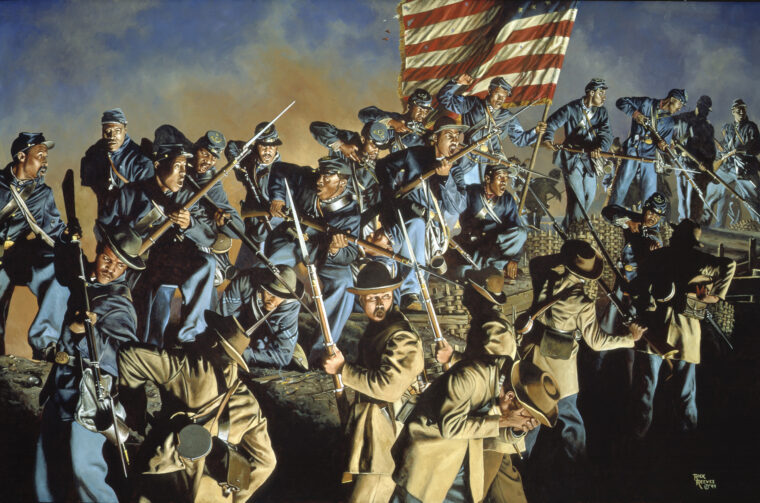
African-Americans
The sun had already set, but the western sky was still bright from its fiery departure not long before. Read more
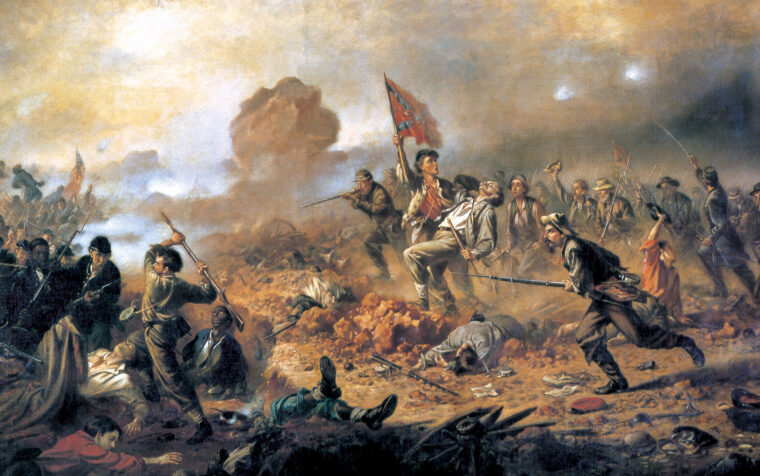
African-Americans
It was just after 3 am on Saturday, July 30, 1864. A month of relative quiet along a two-mile stretch of Union and Confederate trench lines immediately east of Petersburg, Virginia, was about to come to an explosive end. Read more
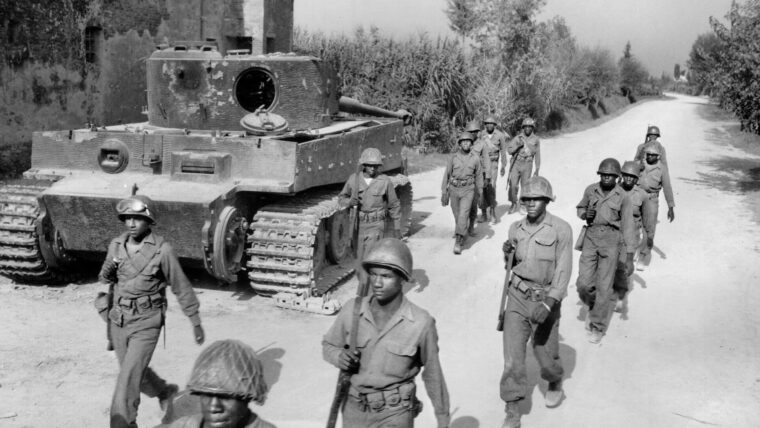
African-Americans
Despite their gallant service in the Civil War, on the Western frontier, and in the Spanish-American War, black soldiers were used mostly for labor and given only a limited fighting role when the U.S. Read more
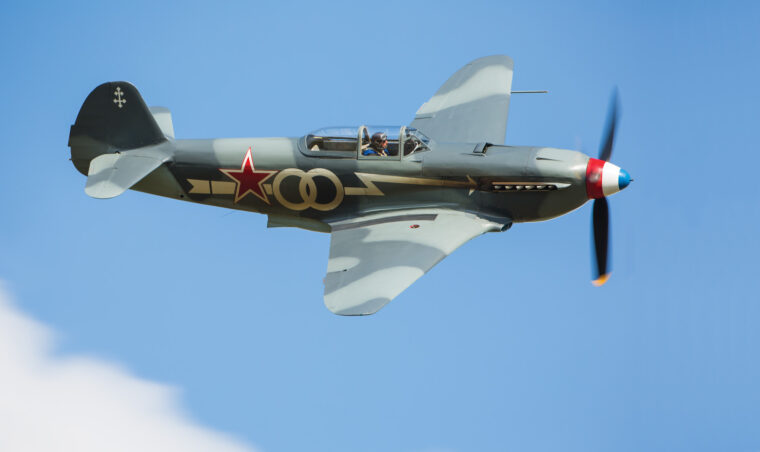
African-Americans
Roger Sauvage was born in Paris in 1917 to a white Parisian woman and a black soldier from Martinique. Read more
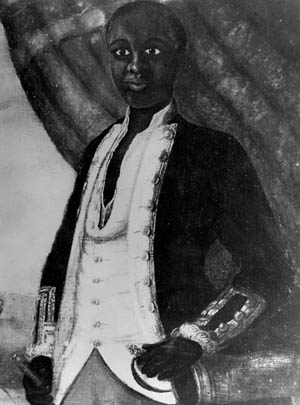
African-Americans
There were several African American Revolutionary War heroes that made major contributions on and off the battlefield, but not all of them fought for the Colonists. Read more
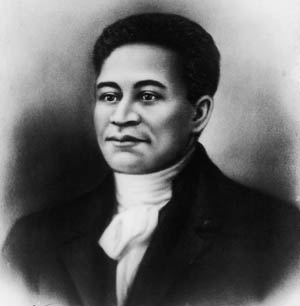
African-Americans
There were many African Americans in the Revolutionary War, and although some of them fought for the Colonists and others for the British, freedom was usually their motivation. Read more
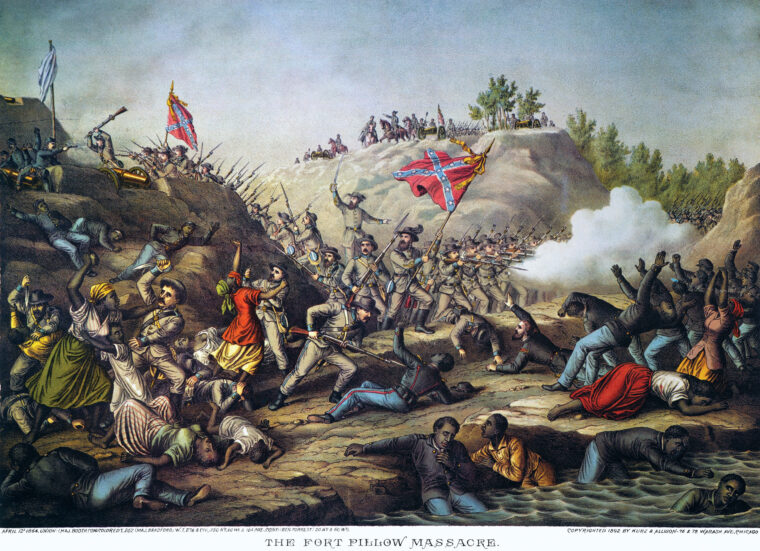
African-Americans
When Confederate Maj. Gen. Nathan Bedford Forrest and his 3,000 battle-hardened troopers rode back into their homeland of West Tennessee in late March 1864, they were not in the best of moods. Read more
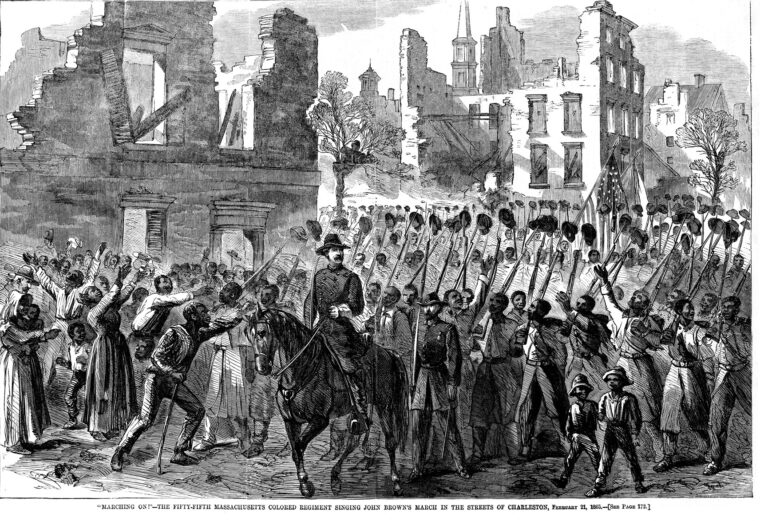
African-Americans
The men of the 54th Massachusetts Infantry Regiment began a hard march at 8:30 am on February 20, 1864. Read more